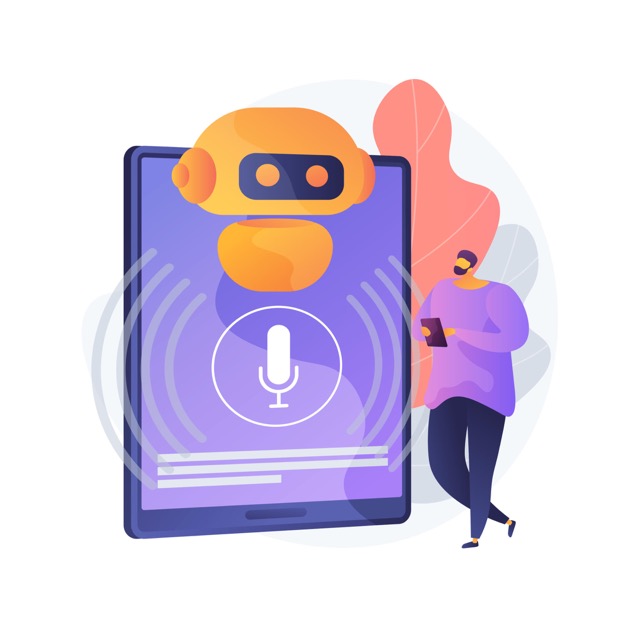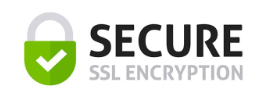Founded in Denmark. We respect your privacy.
Join a worldwide community of language learners
Active Listening in Language Learning: A Pathway to Mastery
Active listening in language learning is not just a beneficial skill—it's a necessity for anyone looking to truly understand and engage with a new language. It goes beyond merely hearing words and phrases; it involves processing, comprehending, and retaining spoken language, therefore enhancing overall communication abilities. To achieve this level of proficiency, one must immerse oneself in the auditory aspects of a new tongue, developing skilles that go hand-in-hand with speaking, reading, and writing.
The Cornerstone of Comprehension
Active listening in language learning is the cornerstone of comprehension. It is the fundamental skill required to catch subtle nuances and infer meaning from context. When we actively listen, we pay close attention not only to the words being used but also to the tone, pace, and inflections of the speaker—key elements that convey emotions and intentions. By honing this skill, language learners can effectively interpret and respond to the communicative intent of others.
In any language, a myriad of meaning can be hidden behind phrases, idioms, or even silence, making it crucial for learners to develop their auditory skills. This practice can be dramatically improved through various methods such as repetitive listening exercises, participating in conversations with native speakers, and using resources such as Talkio, which provides opportunities to engage in simulated conversations that enhance understanding of real-life dialogue.
Cultivating Active Listening in Your Study Routine
Incorporating active listening into your study routine is a game-changer. Begin with listening to audio resources in your target language for a few minutes every day. Progress can be as simple as understanding the gist of a conversation to grasping complex grammar structures or regional accents. Remember, active listening is not a passive activity; it requires concentration and intentional practice, mirroring the effort involved in learning to play a musical instrument or mastering a sport.
Leveraging technology, like Talkio, helps language learners break barriers to comprehension. By simulating interactive scenarios with native speakers, such platforms provide contextual learning experiences that traditional learning methods often miss. Regular practice with these tools can accelerate your ability to comprehend and communicate effectively in a new language.
Active Listening in Language Learning Beyond the Classroom
Bringing active listening into real-world contexts takes language learning out of the confines of the classroom, setting the stage for immersive experiences. Whether it's through media consumption, such as watching foreign films and TV shows or listening to music and podcasts, or engaging in conversations with native speakers during travel or via language exchange partners, these practical applications involve complex listening scenarios that enrich one's linguistic repertoire.
For language learners, active engagement in discussions with native speakers, especially when dealing with unfamiliar topics or subtle humor, can be challenging yet rewarding. It tests the boundaries of your listening comprehension and provides genuine feedback on your auditory processing skills. Tools like Talkio can prepare learners for these real-life interactions by simulating varied conversation topics and providing a safe space to make mistakes and learn from them.
Conclusion
Active listening in language learning is more than just a passive reception of sound; it is an art that demands attention, analysis, and reflection. It forms the bedrock on which other language skills are built. By embedding active listening into your daily routine, taking advantage of digital platforms like Talkio for oral practice, and seeking out immersive, real-world opportunities, language learners can significantly improve their comprehension and overall communication abilities in their target language.



